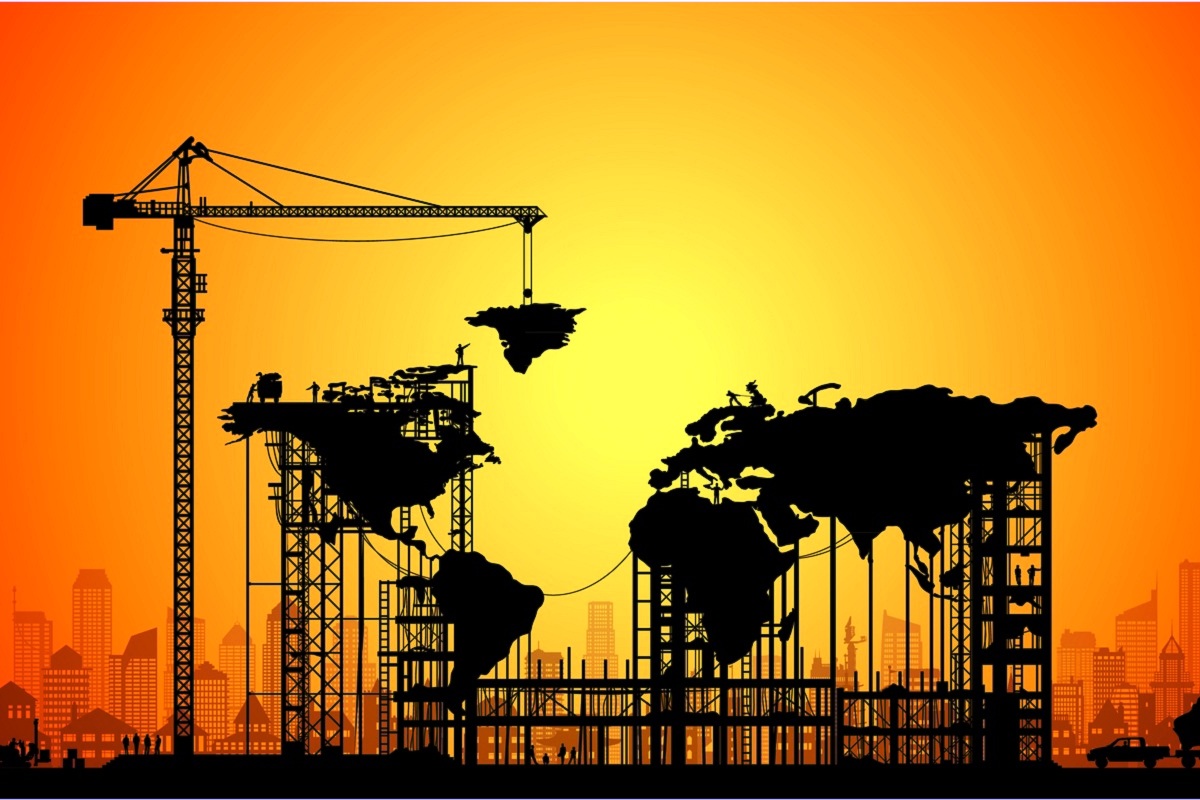Nature’s sting operation: Yellow fever unmasked
Yellow fever is a menacing disease which has caused the death of enormous numbers of people in the past.
India’s approach towards Afghanistan and Japan’s in SouthEast Asia serve to underline this point

(Representational Image: iStock)
The abiding geostrategic lesson of the 20th century has been that an over-reliance on hard power is counter-productive ~ two World Wars, the Cold War, and sundry implosions in countries across South America, Africa, and Asia were only some of the consequences of this approach. As a result, nations across the world began to develop, and then nuance, their soft power outreach to influence events in their areas of influence.
The initial learnings from the first two decades of the 21st century, however, have brought some to the mildly subversive conclusion, given the global consensus hitherto, that soft power alone just doesn’t cut it when dealing with a global menagerie of players that range from the fundamentalist Taliban to an absolutist China.
Advertisement
India’s approach towards Afghanistan and Japan’s in SouthEast Asia serve to underline this point. In Afghanistan, The Great Game has begun anew with the Taliban takeover of that country. According to an Indian strategic expert, the possible scenarios are as follows:
Advertisement
The Taliban prove they are not medieval monsters but only deeply conservative; the Afghan nationalist faction of the Talibs reaches out to India to balance Pakistan; or, there is resistance to Taliban from around the region and globally.
India should be preparing for these eventualities by identifying its friends in Afghanistan ~ it has many ~ and extracting them from that country via covert operations if required and giving them sanctuary.
Additionally, the Interim Afghan President Amrullah Saleh and the Northern Alliance who seem to be consolidating against the Taliban in the Panjshir Valley need to be armed, their fighters trained, and human/financial resources made available to them so they remain a credible option to fill a power vacuum if it emerges.
This, in turn, calls for developing military and intelligence capabilities ~ or hard power ~ as they are likely to be India’s strongest allies whenever things take a turn in Afghanistan. It ought to be kept in mind that the Afghans India helped at the worst of times in the 1990s became its strongest allies for the next two decades.
That India lost multiple opportunities to further its strategic interests over the past 20-odd years is on the Indian establishment which focused more on soft power and not enough on developing hard power options in a hard country. South-East Asia, on the other hand, is now considered China’s backyard because of Beijing’s economic heft and its successful integration of the region’s economies into its supply chain thereby establishing a prosperity-linked interconnectedness. But the facts on ground are a little different.
It is Japan, not China, which is the biggest investor in the region’s infrastructure. Japan has $259 billion invested in ongoing projects in Indonesia, Malaysia, Thailand, Vietnam, and the Philippines, compared to China’s $157 billion. The Covid-19 pandemic has seen Tokyo’s lead widen.
Japan’s focus among Asean nations, however, has been on soft power projection, in part necessitated by its pacifist post-World War II Constitution, but it has found ways of getting around that when needed. Tokyo, by forgoing the hard power option where it would be at its most telling given Japan’s massive investments make it indispensable as a friend of South-East Asian countries, has ensured that the Chinese projection of military might in the AsiaPacific region has cowed all into submission.
Advertisement